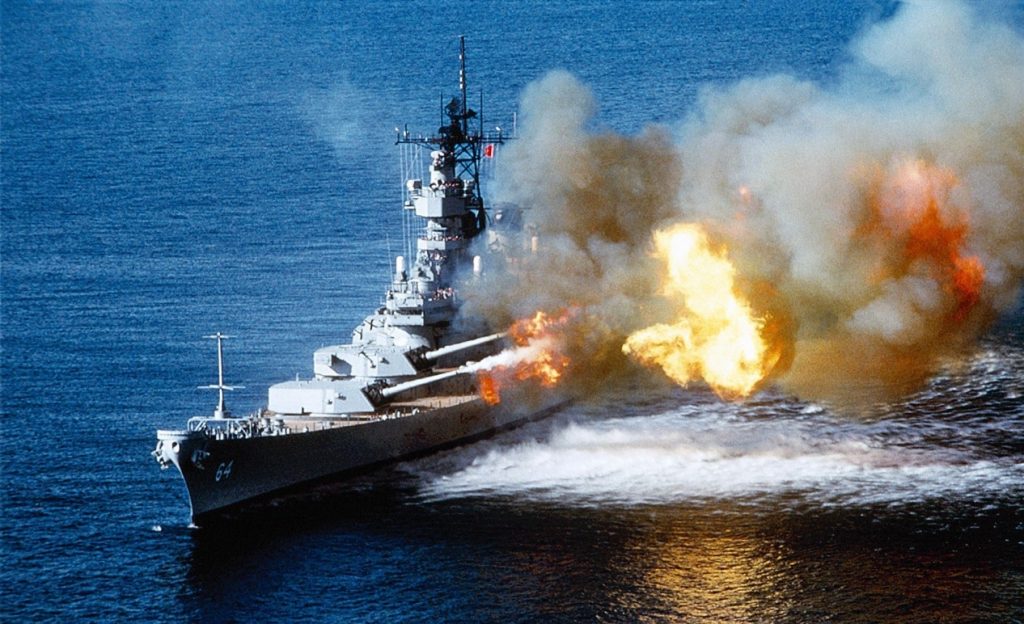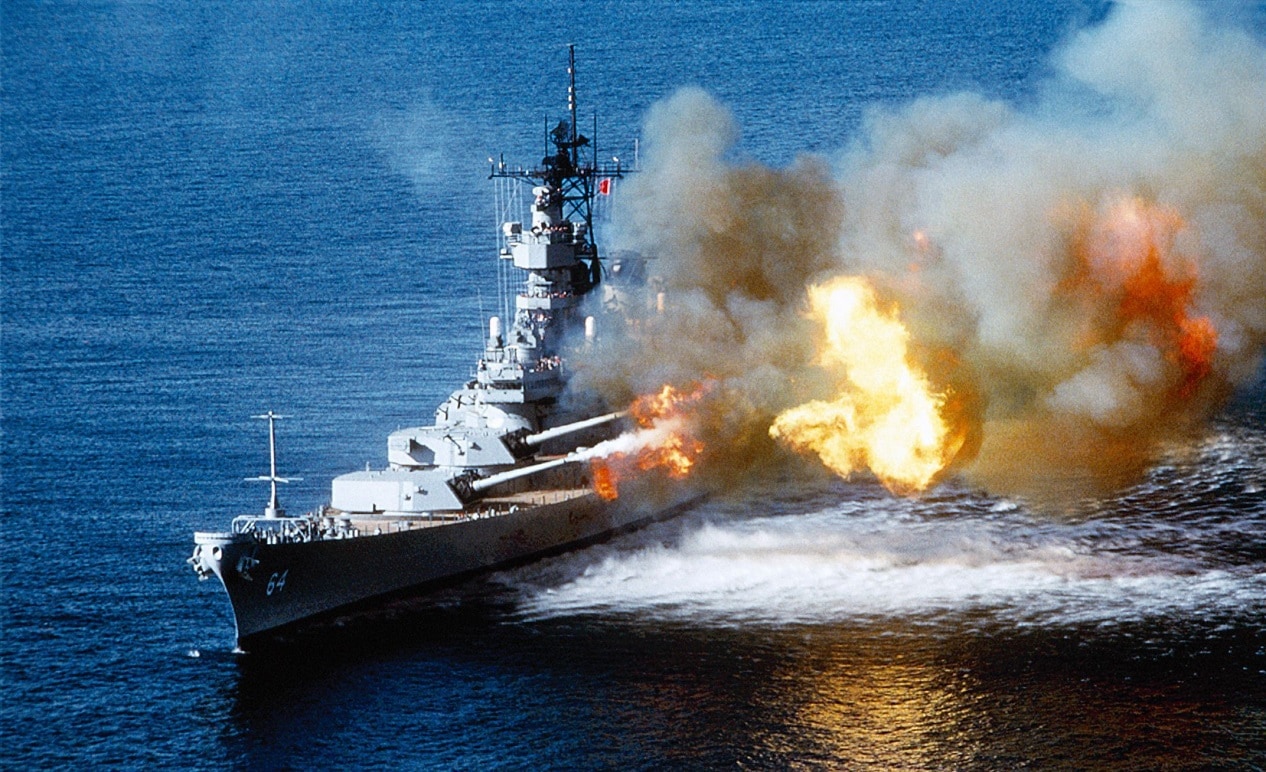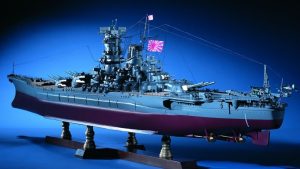The construction time for the four completed battleships in the Iowa class was around two years and eight months. Nonetheless, each battleship would have a crew of around 2,800 men.

Which warship broke the bank the most? We put the issue to a leading military specialist, who explained the advantages of those particular battleships. Regarding supercarriers, the U.S.S. Gerald R. Ford (CVN-78) is the largest ever built for the United States Navy and, by extension, the largest military vessel ever built. She is the priciest warship ever built, with a price tag of about $13.027 billion.
Nonetheless, it’s important to keep the price in context. After WWII’s conclusion, the cost of the flattops climbed substantially, making aircraft carriers the most expensive type of warship to construct.
Before that time, the battleship probably gave the bean counters heartburn and headaches when they had to find the money to pay for the capital ship.
The revolutionary warship H.M.S. Dreadnought was so technologically advanced when she entered service in 1906 that the name “dreadnought” was developed to describe the battleships that followed.
In addition, she rendered nearly useless every previous generation of a battleship. She was the most costly battleship ever built at the time of her completion in 1904, costing £1,785,683 ($33.2 million in today’s money).
Most importantly, the Dreadnought sparked one of history’s largest naval arms races. Every country attempted to modernise its fleets in response to the ships rendering every ship in the Royal Navy obsolete.
Even more so, prices continued to rise as warships grew larger, more heavily armoured, and more heavily armed, reaching an all-time high right before World War II.
There was a significant price difference between classes, with the Iowa class being the priciest.
Between 1940 and 1944, the U.S. Navy built four Iowa-class battleships for $100 million apiece, about $1.65 billion today. The Pentagon could buy nearly ten battleships for the price of CVN-78, which looks like a steal.
It’s worth noting that the carrier has spent less time preparing for her first deployment than those four warships did from the moment they were conceived to the day they were placed into action.
But it was a herculean effort, so it’s no surprise that each ship’s cost was more than any other warship ever constructed.
The final design required more than 206 years of draughtsmen’s time (3,432,000 hours). When put out, the blueprint measures 1,100 miles in length, is 30 inches wide and is said to have weighed 175 tonnes.
It was at the proposal of the Battleship Design Advisory Board that construction of the 45,000-ton Iowa-class “quick battleship” began in early 1938 under the command of Adm. Thomas C. Hart, chairman of the General Board.
The Iowa class was 200 feet longer than the South Dakota class, measuring 860 feet. That’s the length of nearly three football fields. So, the new class could devote more room to its engine, making it truly fast (with a maximum speed of 32.5 knots), allowing the battle waggons to protect the U.S.U.S. fast carriers.
The construction time for the four completed battleships in the Iowa class was around two years and eight months. During World War II, each battleship would have a crew of about 2,800 men, but tens of thousands of men and women laboured in shifts around the clock at each U.S.U.S. naval yard to build them.
The Brooklyn Navy Yard, the Navy’s major centre and New York’s greatest employer during the war, employed about 71,000 people.
People often complain that things aren’t made as they used to be, so we could figure out how to bring back traditional construction methods.






